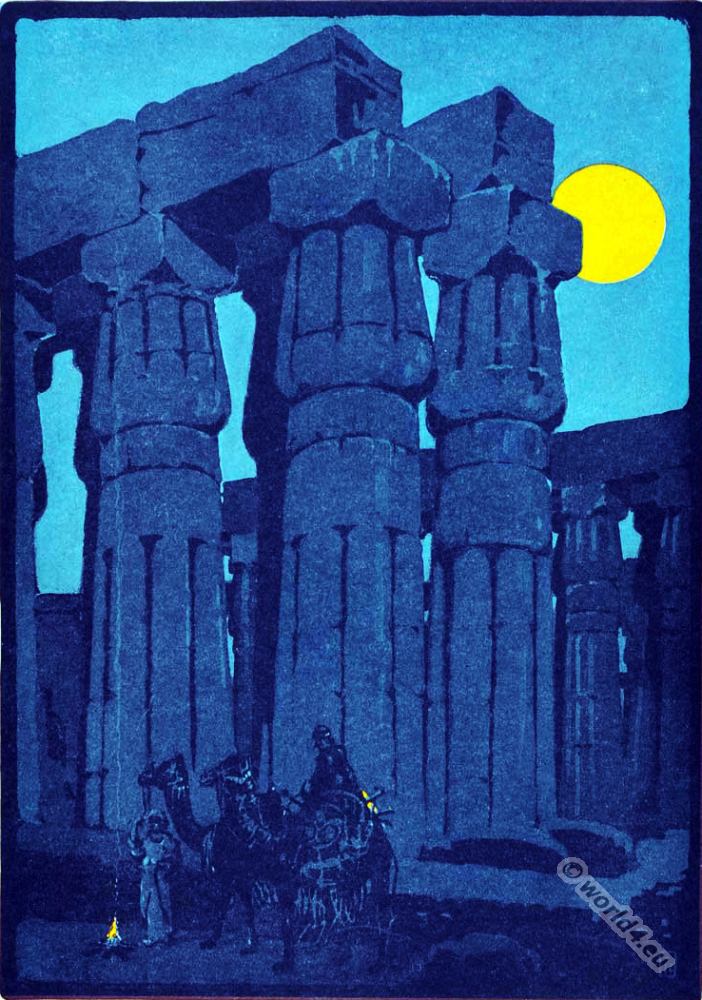

The Roman legionary.
Rome. The legion soldier.
The legionary (Latin: legionarius) was a heavy infantry soldier in a military unit of the Roman army, usually made up of Roman citizens over the age of fifteen. They were known for their discipline and order.
We get to know the costumes of the Roman soldiers only from monuments of the imperial age, so for the earlier times we are dependent on the meagre information of the writers. The first army reform was started by Servius Tullius, another one by Marius. The Roman legion consisted of three, five and six thousand men. Including the auxiliary people (reserve troops) and a cavalry of 300 horses, the number rose to 10,000 men. The age of the legionaries ranged between the 17th and the 46th year of life.
The complete equipment of the legionaries is composed as follows: A woolen tunic, the subarmale, which reaches under the knees, or the tunicula, which only reaches over the hips. Narrow leg dresses, bracae, feminalia or femoralia, attached to the belt and reaching to the calf. They only came into use since the wars with the northern, Gallic and Germanic peoples. Laced boots, called caliga, which cover the foot up to above the ankle. Hence the nickname Caligula (little boots). The soles of this boot were studded with strong and pointed nails of iron or bronze.
A armour, lorica, which was placed over the tunica. It consisted of two metal plates on the front of the chest and several strips of steel, which on the one hand went around the body and were fastened at the back, and on the other covered the shoulders and were connected to the uppermost strip of the body armour. These rails were arranged in such a way that they were pushed together and allowed the soldier every movement. A leather belt, cingulum, worn around the hips to prevent the armour from slipping down. Iron helmet, cassis, with cheek bands, but without face protection; at the top a button or a ring. A necklace called focale. A quadrangular shield curved inwards in a tubular shape, scutum, and an oval shield, called pelta. The scutum was made of wood and covered with leather, which was bordered by a metal edge. It was customary to paint the front with figures and emblems.
The assault weapons are: The sword, gladius, thrusting and slashing weapon, on a weir hanger, balteus or balteum. The sword of the horsemen was longer than that of the foot soldiers. Since the second Punic wars (218-201 B.C.), the forms of the Spanish sword (gladius hispanus), which was about two feet long, and the Gallic sword came into being. A dagger, clunaculum, which was placed in the belt. The spear, hasta, for thrusting and throwing.
In addition, the legionary soldier wore a cloak, sagum or sagulum, a square piece of stuff made of coarse wool or goat hair, which was fastened to the shoulder with a fibula (clasp or needle) or by a knot. On the march the cloak was rolled and tied together and carried at the tip of the lance along with the rest of the luggage, a drinking vessel, a spoon, a bowl and provisions. This institution is attributed to Marias. The weight of the luggage was fifty to sixty pounds.
The commander wore the wide paludamentum instead of the sagum. It was the actual war cloak and had to be exchanged for the toga by the victorious commander in triumph. None of the officers wore the soldiers’ battle dresses. Their sword hangs from a belt, cinctorium, wrapped around their bodies. You can recognize them by this and by the narrow leather strips that fall from the lower edge of the armour over the legs like an apron.
The sign of the legion, the eagle, was carried by the aquilifer: the signs of the cohorts were called signa.
No. 12 represents an eagle carrier (aquilifer), no. 9 and 11 are the signiferi of the cohorts. These flag bearers were later distinguished by dragging the heads of wild animals over their helmets.
Nos 1 and 2. Commander and officer.
Nos. 3, 4, 5, 6. Fighting soldiers. Number 7 and 8. Soldiers in camp. Numbers 9, 11 and 12. Three standard bearers. No. 10. Legion soldiers on the march, passing a ship’s bridge.
The legion – legio, from the verb legere, to raise (a troop) – was the basic unit of the Roman army from the time of ancient Rome until the end of the Roman Empire. During twelve centuries (from 753 B.C. to 476 A.D.), the numbers and composition of the Roman legions varied greatly. These changes were not only in the legions composed of legionaries but also in the auxiliaries, the Praetorian cohorts, the urban cohorts and the Roman navy. Because of its numerous military successes, whether under royalty, in the Republican era or later in the Imperial era, the legion has long been considered a model of efficiency and potential in terms of military tactics.
(All from Trajan’s Column.)
Source: History of the costume in chronological development by Albert Charles Auguste Racinet. Edited by Adolf Rosenberg. Berlin 1888.
Related
Discover more from World4 Costume Culture History
Subscribe to get the latest posts sent to your email.






